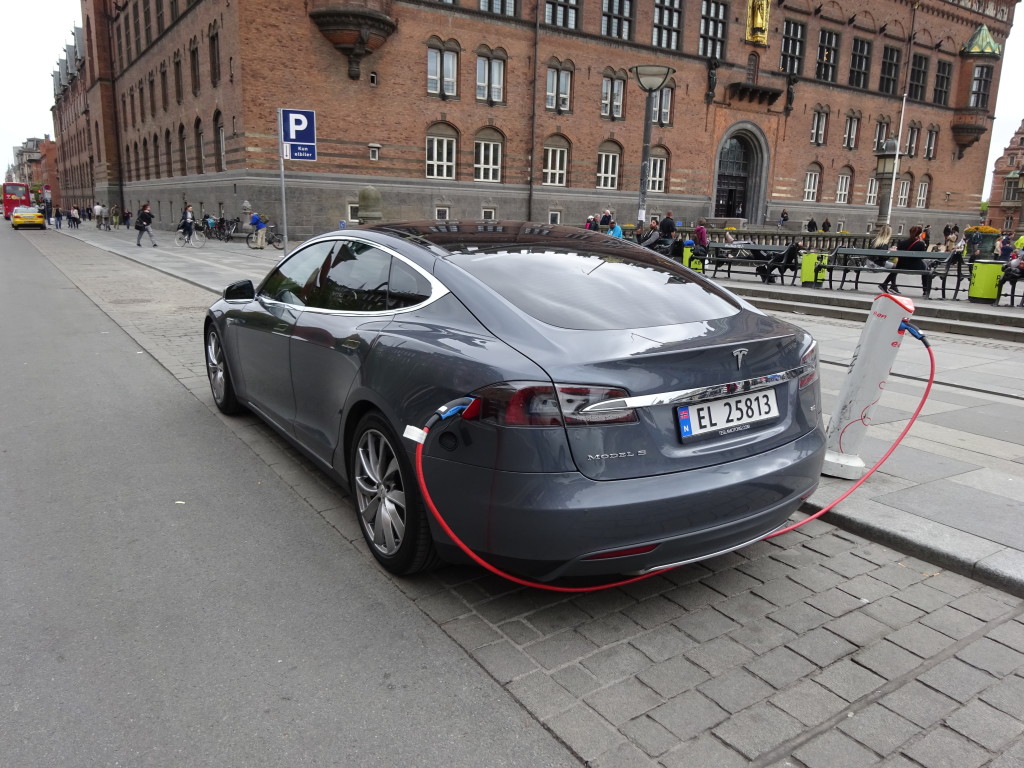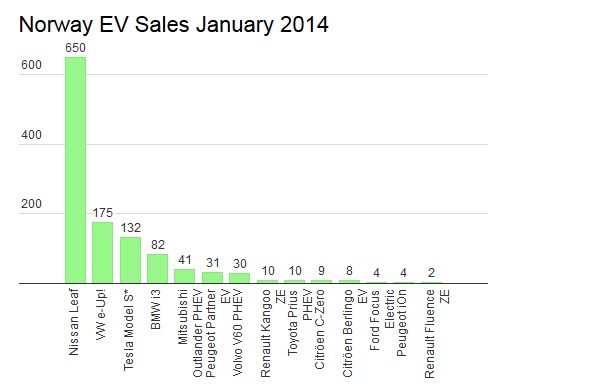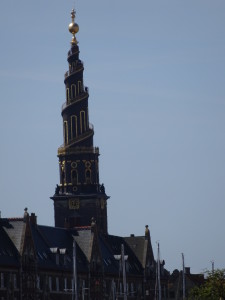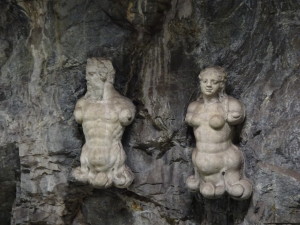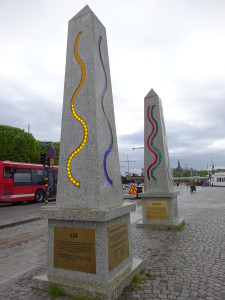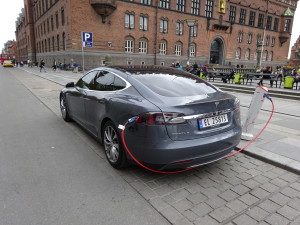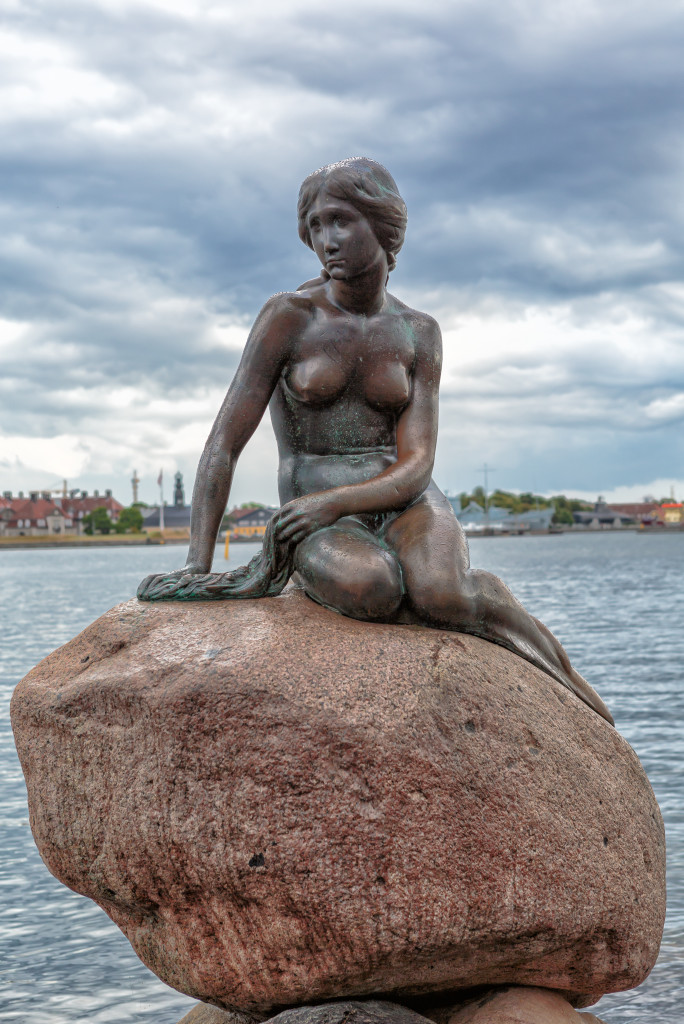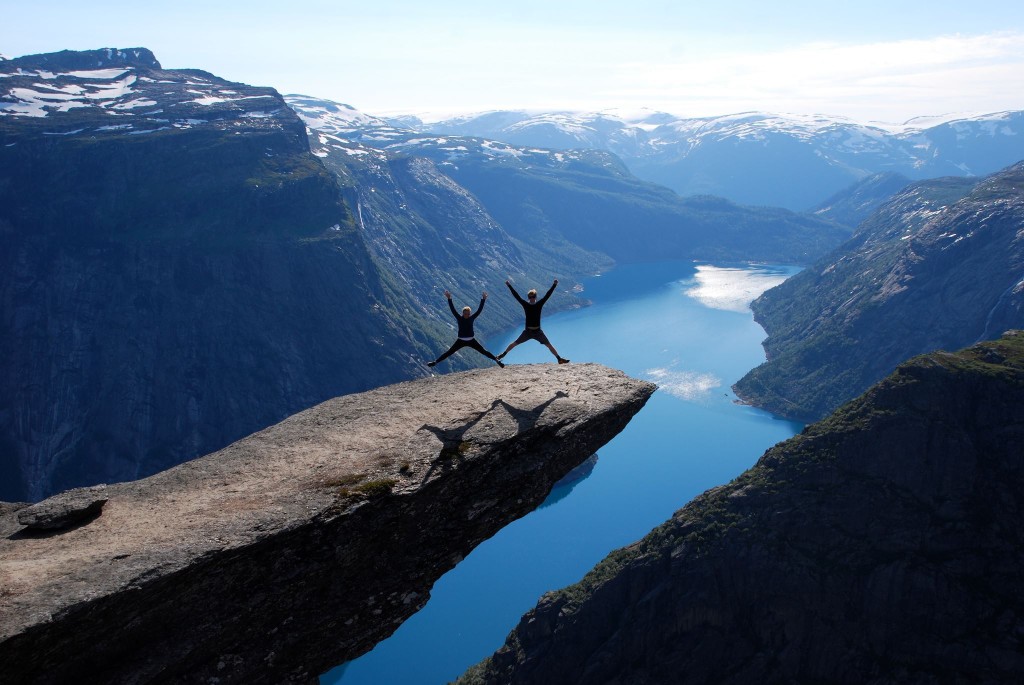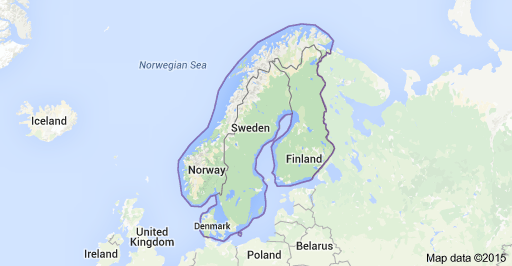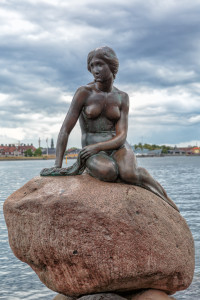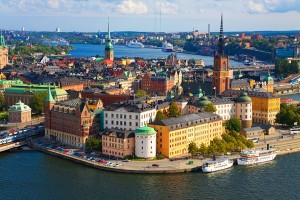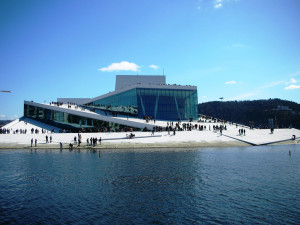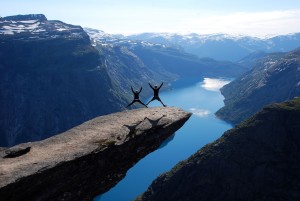A beautiful, calm, sunny day in 1628 greeted the Swedish warship Vasa as it made its maiden launch into Stockholm harbor. About three-quarters of a mile later, it promptly sunk, not to be seen again for 333 years.
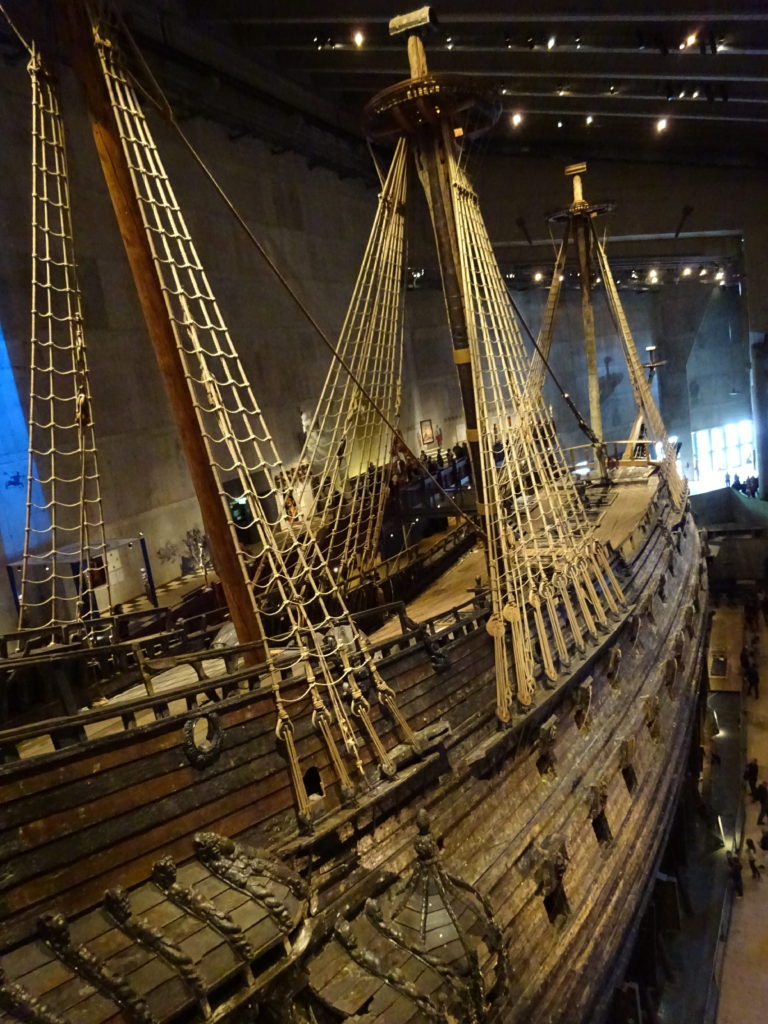
But you can see it in all its glory at the Vasa Museum in Stockholm, and over 25 million people have done so since 1990. The ship was rediscovered, mostly intact, in 1961 and now stands fully rigged. You can view the ship from every angle and multiple levels to see the 64 cannons and intricately carved bowsprit and ornately decorated stern transom. Traces of pigments have allowed restorers to approximate the original color scheme of the ship, which as you can see, was rather unlike the battleship grey of today’s ships.
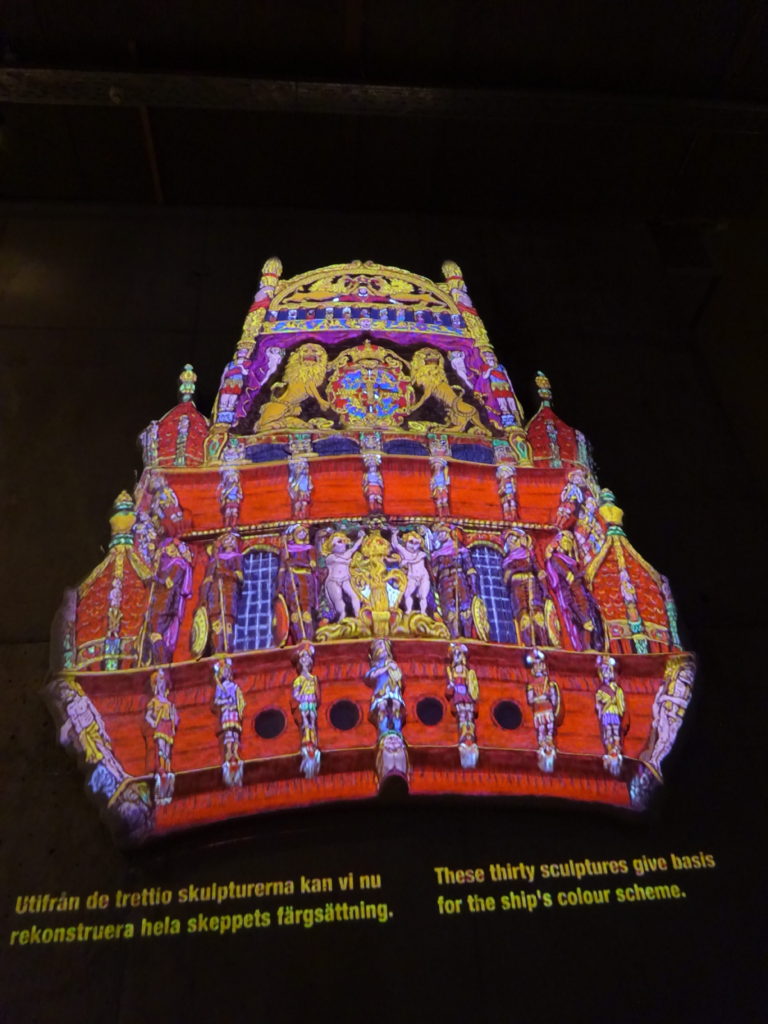
It turns out all these heavy wood sculptures and cannons made the unfortunate ship a wee bit top heavy. All went well with the launch, with the ship being towed out to the southern edge of Stockholm harbor, where Captain Söfring Hansson ordered the setting of four sails. With the gun ports open to fire a salute as they gloriously departed in front of a crowd of giddy admirers, a sudden gust of wind filled the sails and rolled the ship onto its port side. Those open gun ports magnificently allowed thousands of gallons of water to fill the hold, and in minutes 30 souls joined the ship at the bottom of the harbor, a mere few hundred feet from shore.
While the ship itself is impressive (you’ll experience one of those “Wow!” moments as soon as you enter the main hall), the Vasa Museum does much more. Along the perimeter are cut-away models of the ship showing life on board (as it would have been had it stayed afloat longer), examples of the science used in the preservation and restoration processes, and original artifacts. One of the coolest, though also the spookiest, were displays of the skeletons of lost sailors and modern anthropological recreations of sailor’s faces.
There is so much more to see at the Vasa Museum (you can even hold your special event there), so check out the Vasa Museum website for more information.

Lincoln: The Fire of Genius: How Abraham Lincoln’s Commitment to Science and Technology Helped Modernize America is available at booksellers nationwide.
Limited signed copies are available via this website. The book also listed on Goodreads, the database where I keep track of my reading. Click on the “Want to Read” button to put it on your reading list. Please leave a review on Goodreads and Amazon if you like the book.
You also follow my author page on Facebook.
David J. Kent is President of the Lincoln Group of DC and the author of Lincoln: The Fire of Genius: How Abraham Lincoln’s Commitment to Science and Technology Helped Modernize America and Lincoln: The Man Who Saved America.
His previous books include Tesla: The Wizard of Electricity and Edison: The Inventor of the Modern World and two specialty e-books: Nikola Tesla: Renewable Energy Ahead of Its Time and Abraham Lincoln and Nikola Tesla: Connected by Fate.






